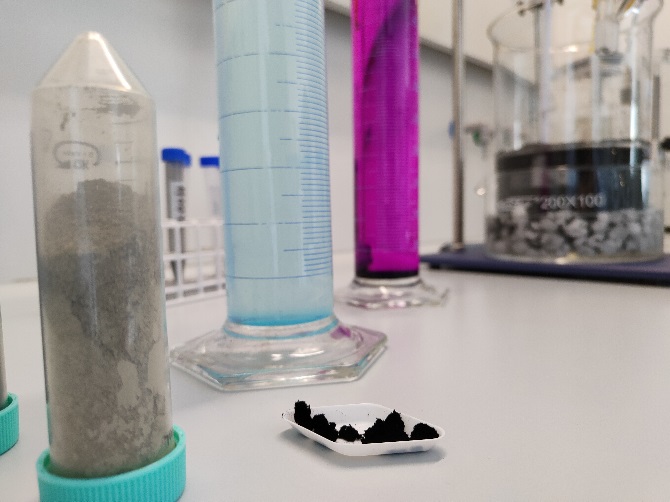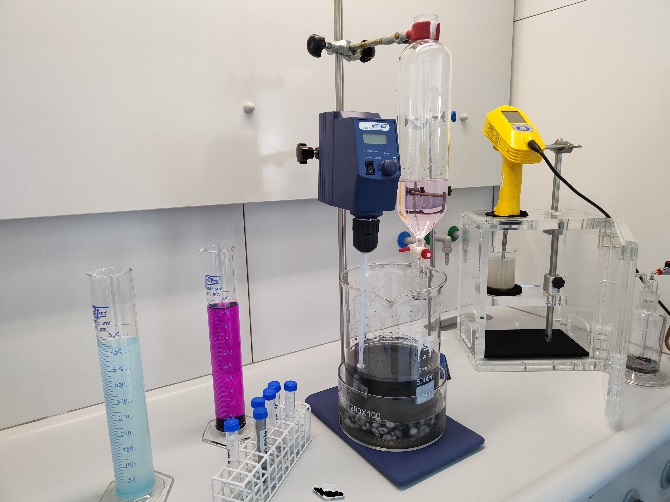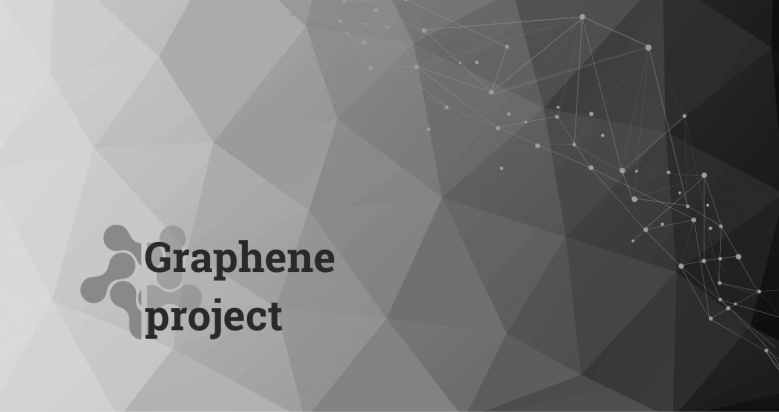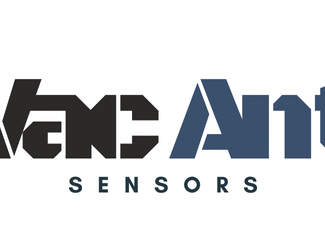Graphene – building block of the future
A material 300 times stronger than steel that will play a key role in human development in the near future. Graphene. We are already working with it in our laboratory.
Graphene project
Graphene has the potential to find applications in a wide range of sectors, but the cost of its production and the difficulty of obtaining it are currently significant barriers to the development of this material. In our laboratory, we have the technology to obtain graphene derivatives, namely graphene oxide (GO) and reduced graphene oxide (rGO), which have similar properties to graphene, as well as the possibility of production scale-up.

Our focus on graphene oxide allows us to use it to enrich other materials such as concrete, building glass, anti-corrosive and flame-retardant paints, polymers or lubricants and oils. We are working to optimise the production process of graphene oxide so that we can produce it in industrial quantities.
The construction industry is growing rapidly, but unfortunately construction costs are increasing year on year. The use of graphene oxide or reduced graphene oxide as an admixture to building materials such as concrete or glass makes it possible to reduce these costs while increasing the properties of the said materials.
What can we achieve with a graphene oxide-based additive?
- Reducing the production costs of building materials.
- Reducing the carbon footprint by using graphene oxide-based additives in the construction sector.
- Reducing the weight of building materials.
- Zwiększenie poszczególnych parametrów materiałów budowlanych.
- Increasing the individual performance of building materials.
Key features
Rozwijamy technologię wytwarzania tlenku grafenu oraz zredukowanego tlenku grafenu i pracujemy nad udoskonaleniem procesu produkcji na skalę przemysłową, żeby wytwarzać tlenek grafenu dla branży budowlanej i nie tylko. Wytwarzamy tlenek grafenu metodą Top-Down, która bardziej sprzyja naszym zdolnościom wytwórczym, niż inne metody pozyskiwania grafenu. Tlenek grafenu i zredukowany tlenek grafenu posiadają właściwości mechaniczne na wysokim poziomie, a ich mieszalność jest wysoka. Dzięki czemu jesteśmy w stanie sprostać wyzwaniu mieszania dodatku na bazie tlenku grafenu z produktem docelowym, aby polepszyć jego właściwości. Koncentrujemy się na rozwoju materiałów z domieszkami tlenku grafenu w takich obszarach jak budownictwo, farby antykorozyjne i trudnopalne, polimery oraz smary i oleje.
Gdzie technologia znajdzie zastosowanie?
We are developing technology for the production of graphene oxide and reduced graphene oxide and are working to improve the production process on an industrial scale to produce graphene oxide for the construction industry and beyond. We produce graphene oxide using the Top-Down method, which is more conducive to our manufacturing capabilities than other graphene extraction methods. Graphene oxide and reduced graphene oxide have high-level mechanical properties and their miscibility is high. As a result, we are able to meet the challenge of mixing a graphene oxide-based additive into the target product to improve its properties. We are focusing on the development of graphene oxide doped materials in areas such as construction, corrosion and flame retardant paints, polymers and lubricants and oils.
We are conducting trials of mixtures with added graphene

The first tests of building materials with added graphene are promising, the properties of the mixture are improved. We are making every effort to verify our assumptions in the laboratory. We are also conducting tests of graphene-infused paints and are preparing for tests of polymers, glass, oils and lubricants. We are still open to new partners. If you think graphene could enhance your product, please contact us!







